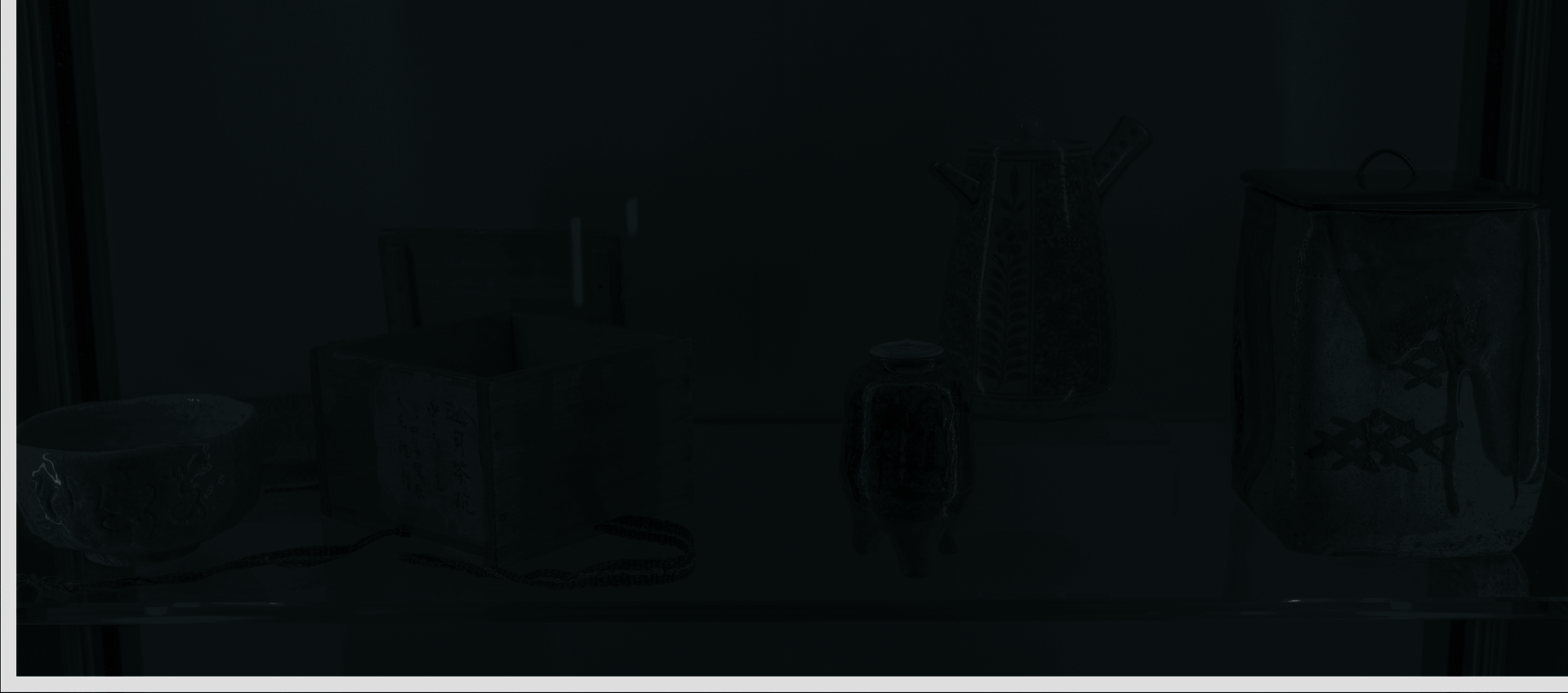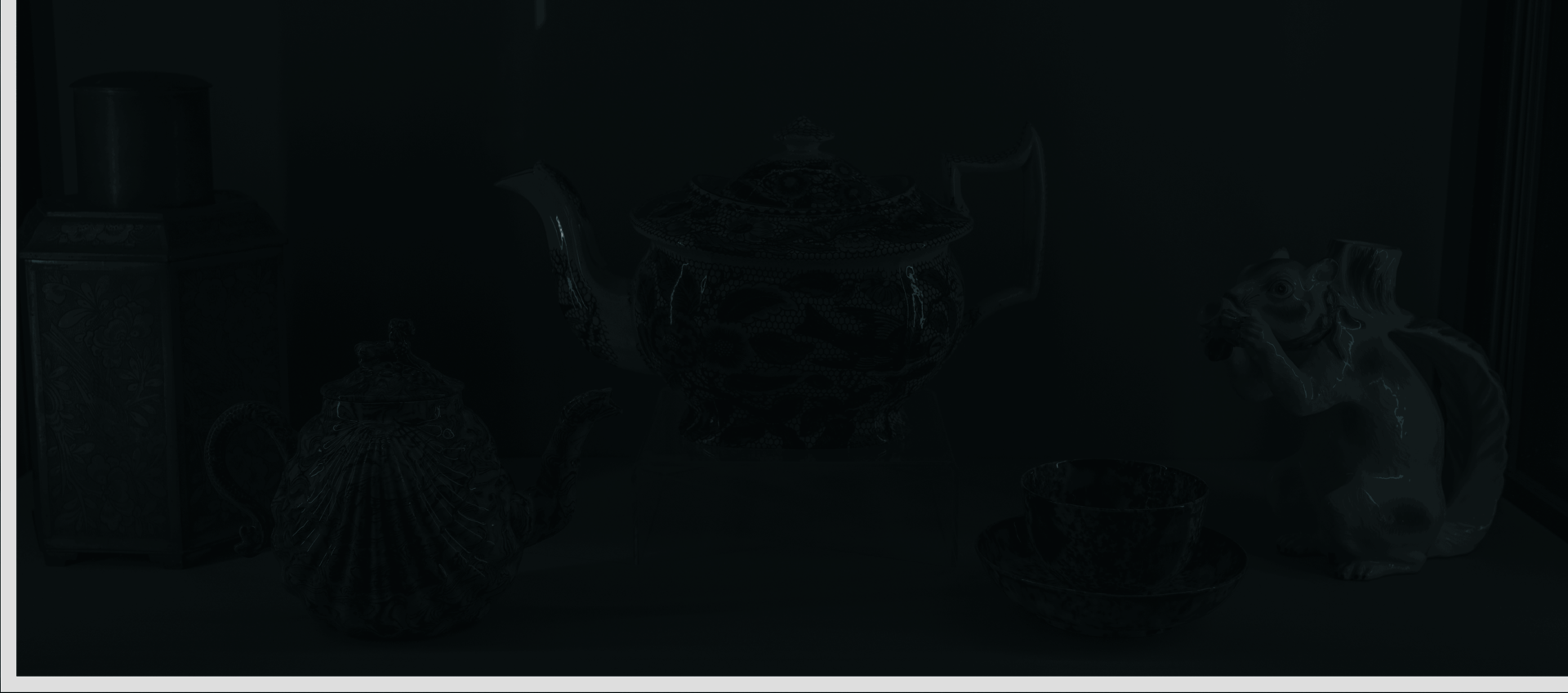TEA
After water, tea is the world’s most consumed beverage, and one of the oldest known to humankind. Most simply, tea leaves are added to boiling water, but there are many varieties and preparations. Native to East and Southeast Asia, tea plants were cultivated by the Chinese as a crop by the time of the Han dynasty (206 bce–220 ce). Teahouses first appeared in China in the 700s, offering a place to meet and socialize. Introduced to Europe through trade in the 1500s, tea grew in popularity through the 1700s. Today’s preparation processes offer an abundance of choices, from loose tea and tea bags to instant and bottled tea.
Following the Boston Tea Party and other political protests against British rule and taxation, colonists in Providence were called to defend their liberty on March 2, 1775. Chronicled in the Providence Gazette newspaper, the town crier announced that “all true friends of the country, lovers of freedom, and haters of shackles and handcuffs, are hereby invited to testify . . . by casting into the fire a needless herb, which for a long time hath been highly detrimental to our liberty, interest and health.” That afternoon 300 pounds of tea were burned in the middle of Market Square, and the word tea was covered over on shop signs with lampblack.
Image

Image

Image

Image

